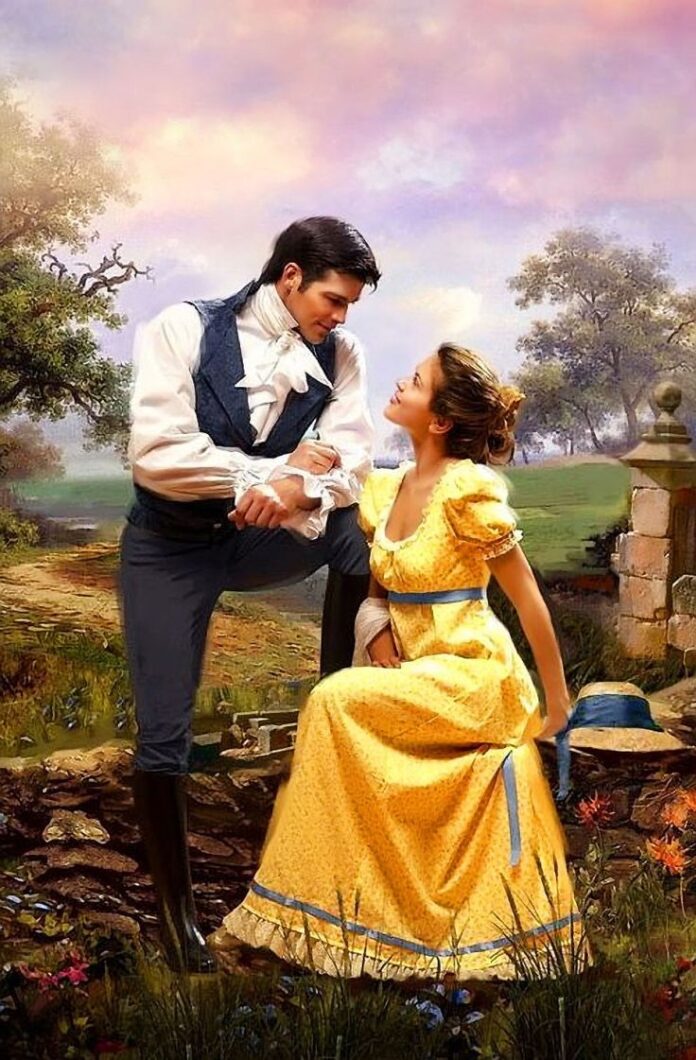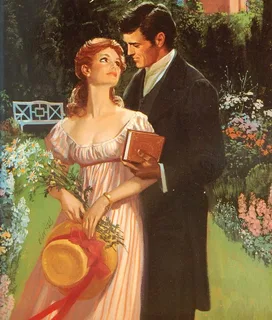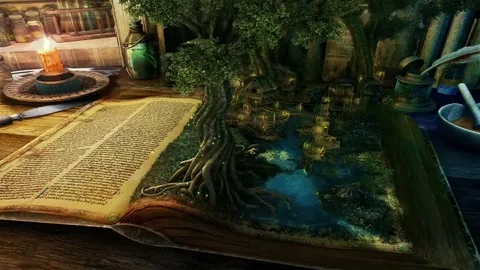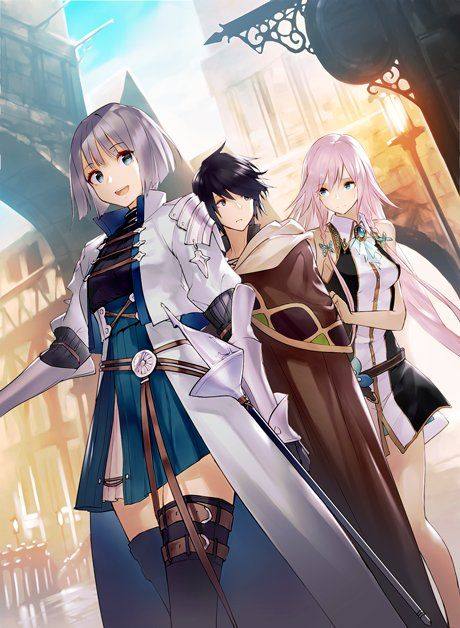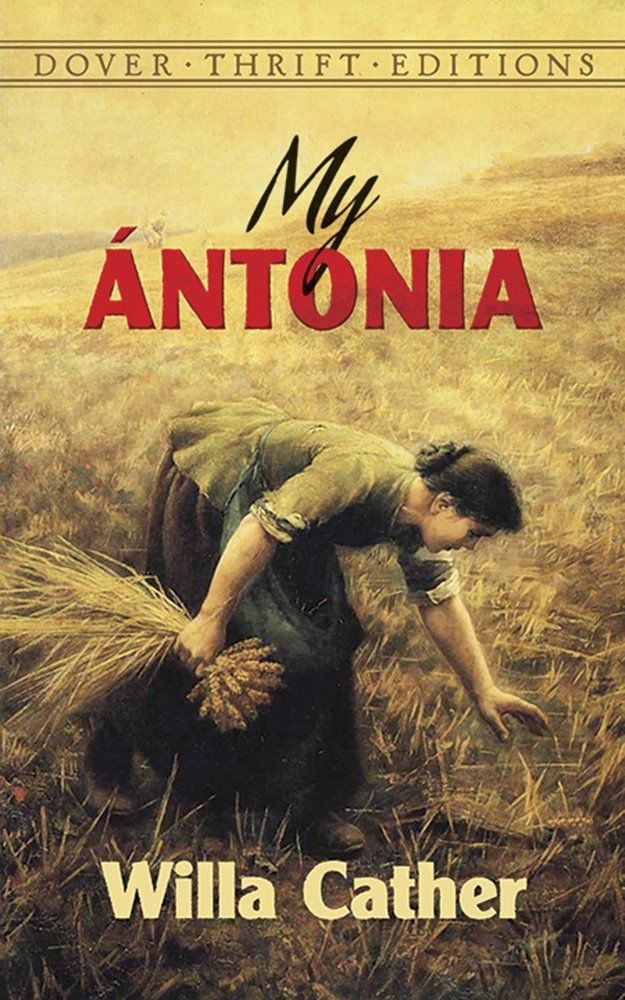In “I Became the Villainess in a Disastrous Novel Chapter 5,” the plot takes an unexpected turn, gripping readers with its intense storyline and compelling character development. As the protagonist navigates the complex world of the novel, they find themselves tangled in a web of deceit, power struggles, and emotional turmoil. Chapter 5 is a pivotal point in the narrative, where the villainess begins to unveil her true nature and the stakes are raised higher than ever. In this article, we delve deep into the plot of Chapter 5, explore the key themes, and discuss the future trajectory of the story. Let’s unravel the mysteries of this chapter and understand what makes it a critical moment in the series.
Understanding the Plot of Chapter 5
Chapter 5 of “I Became the Villainess in a Disastrous Novel” is filled with tension and drama, marking a significant shift in the narrative. The protagonist, who has unwillingly taken on the role of the villainess, starts to realize the full extent of their powers and influence. This chapter is crucial as it sets the tone for future conflicts and alliances.
Key Events in Chapter 5
- Discovery of Hidden Powers
The protagonist discovers a new set of abilities that were previously unknown. This discovery adds a layer of complexity to their character and provides them with the tools needed to navigate the treacherous world they are now a part of. - Formation of Alliances
Realizing the dangers ahead, the villainess begins forming strategic alliances. This move is not just about survival but also about gaining power and control over her circumstances. The alliances formed in this chapter are pivotal and have long-lasting implications for the story. - Introduction of New Characters
Chapter 5 also introduces several new characters who play significant roles in the development of the story. These characters bring with them their own secrets, motives, and agendas, which add depth to the plot.
Thematic Elements in Chapter 5
Chapter 5 is not just about action and drama; it also explores deeper themes that resonate with readers.
Power and Control
The struggle for power and control is a recurring theme in this chapter. The villainess, who is initially portrayed as a mere puppet in the hands of fate, starts taking charge of her destiny. Her actions in this chapter reflect her growing understanding of the power dynamics at play and her determination to control her own narrative.
Identity and Self-Discovery
Another significant theme in Chapter 5 is identity and self-discovery. As the villainess uncovers her hidden powers, she also starts to question her role in the story. Is she truly the villain, or is there more to her character than meets the eye? This internal conflict is a driving force in the narrative and adds depth to her character.
Analyzing Character Development
Character development is at the heart of Chapter 5. The protagonist’s transformation from a passive participant to an active player in the game of power is meticulously portrayed.
The Villainess: More Than Meets the Eye
The protagonist, now the villainess, begins to show signs of strategic thinking and emotional resilience. She is no longer the scared individual thrust into a world she does not understand; instead, she becomes a force to be reckoned with.
- Emotional Turmoil
The internal struggle of balancing newfound powers with moral dilemmas is evident. This emotional journey makes her a relatable and multidimensional character. - Strategic Moves
Her actions in this chapter are calculated and demonstrate her growth as a strategist. She learns to manipulate her circumstances to her advantage, showcasing her adaptability.
Supporting Characters: Their Role in the Plot
The supporting characters introduced in Chapter 5 each play a significant role in shaping the narrative.
- Allies and Adversaries
The alliances formed in this chapter introduce characters who will either support the villainess or stand in her way. Their motives are complex, and their loyalties are often questionable. - Character Motivations
Each character’s motivation is explored, adding depth to their roles and setting the stage for future conflicts.
Predictions for Future Chapters
Chapter 5 leaves readers on the edge of their seats, eagerly anticipating what comes next. The developments in this chapter suggest several possible directions for the story.
Potential Plot Twists
- Betrayal from Within
The alliances formed in Chapter 5 might not be as solid as they seem. There is a strong possibility of betrayal, which could lead to unforeseen consequences for the villainess. - Unveiling of Secrets
Secrets hinted at in Chapter 5 may come to light, revealing shocking truths about the characters and the world they inhabit.
Evolution of the Villainess
The villainess’s journey is far from over. Chapter 5 sets the stage for her continued evolution, where she will likely face more challenges and dilemmas that will test her resolve and morality.
Frequently Asked Questions (FAQs)
What is the significance of Chapter 5 in “I Became the Villainess in a Disastrous Novel”?
Chapter 5 is significant because it marks a turning point in the narrative. The protagonist begins to embrace their role as the villainess, discovers new powers, and forms strategic alliances that will shape the story’s future.
Who are the new characters introduced in Chapter 5?
Several new characters are introduced, each with unique motives and backgrounds. Their introduction adds complexity to the plot and sets up future conflicts and alliances.
What themes are explored in Chapter 5?
Chapter 5 explores themes of power, control, identity, and self-discovery. These themes are central to the protagonist’s journey and the overall narrative.
How does the protagonist’s character develop in Chapter 5?
The protagonist undergoes significant character development in Chapter 5, transforming from a passive participant to an active player. This change is driven by her discovery of new powers and the realization of the need to take control of her destiny.
What can we expect in future chapters after Chapter 5?
Future chapters are likely to explore the consequences of the protagonist’s actions in Chapter 5, potential betrayals, and the unveiling of hidden secrets. The evolution of the villainess’s character will continue to be a focal point.
Conclusion
“I Became the Villainess in a Disastrous Novel Chapter 5” is a captivating chapter that adds depth to the story and its characters. With new powers, strategic alliances, and the introduction of new characters, the plot thickens, leaving readers eagerly anticipating what comes next. This chapter not only advances the narrative but also explores complex themes that resonate with readers, making it a crucial installment in the series.





